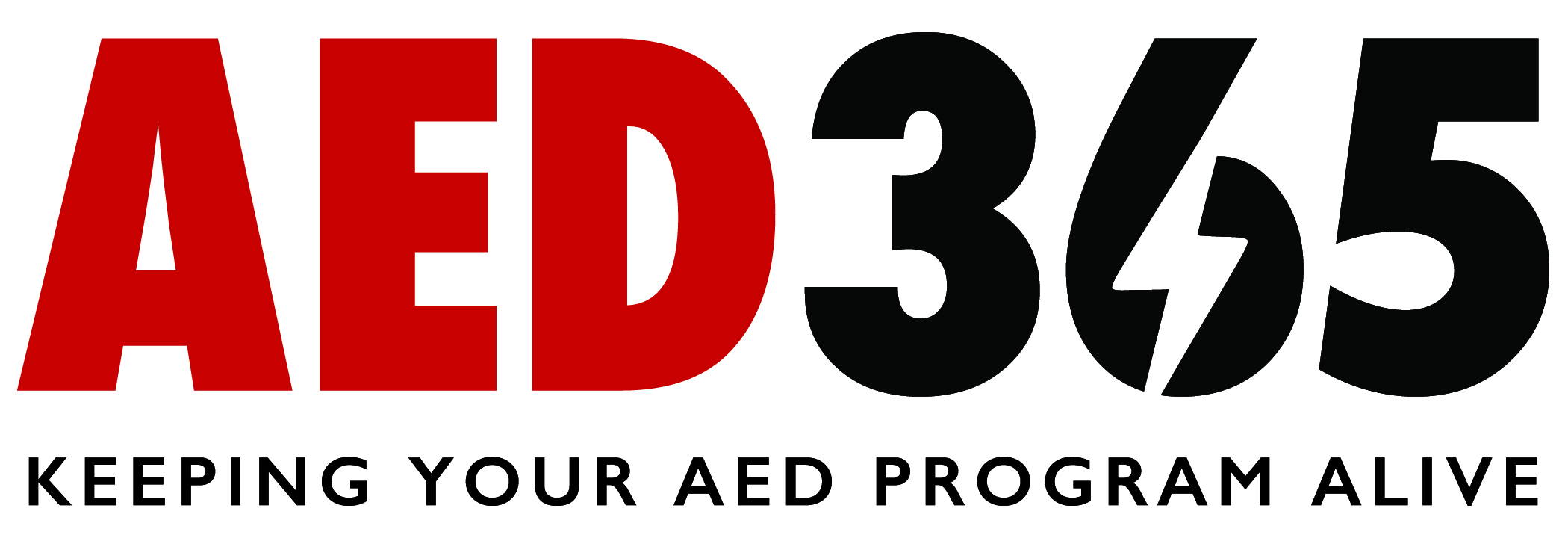Author: Marcy Burnham, RN
Every day, thousands of lives depend on the generosity of blood donors. Whether it’s a car accident victim, a cancer patient undergoing chemotherapy, or a premature baby in need of transfusions, donated blood plays a critical role in medical care. Yet, despite the constant demand, blood shortages remain a major challenge worldwide.
Donating Blood is Essential
Blood is a lifeline for those in medical emergencies. Unlike other medical treatments, blood cannot be manufactured—it can only be obtained through donations. Here are a few reasons why donating blood is crucial:
- Saving Lives: A single blood donation can save up to three lives. Hospitals rely on a steady supply to perform surgeries, treat injuries, and help those with chronic conditions.
- Supporting Medical Treatments: Patients undergoing treatments for leukemia, anemia, or organ transplants often require regular blood transfusions to survive.
- Emergency Preparedness: Natural disasters, accidents, and unexpected medical crises can create a sudden surge in demand for blood. A well-stocked blood bank ensures timely care for those in urgent need.
- Promoting Health Benefits for Donors: Donating blood can stimulate the production of new blood cells, helping to maintain overall cardiovascular health. It also provides an opportunity for donors to receive basic health screenings.
Who Can Donate?
Blood donation is a simple and safe process that takes about an hour. While eligibility criteria vary by region, most healthy adults aged 18-65 can donate. Common restrictions include recent illnesses, low hemoglobin levels, or certain medications, so it’s always best to check with your local blood donation center.
Get Involved
- Find a Blood Drive: Many hospitals and organizations host regular blood donation drives. You can locate the nearest one through websites of organizations like the Red Cross or local blood banks.
- Encourage Others: Spread awareness among family, friends, and colleagues. The more people donate, the more lives can be saved.
- Make it a Habit: Blood donation is needed year-round. If eligible, consider donating regularly to make a lasting impact.
The simple act of donating blood can mean the difference between life and death for someone in need. By making the commitment to donate, you are directly contributing to the well-being of your community. So, roll up your sleeve and be a hero—because every drop counts!
Office: (205) 417-4711
Email: info@aed365.com




